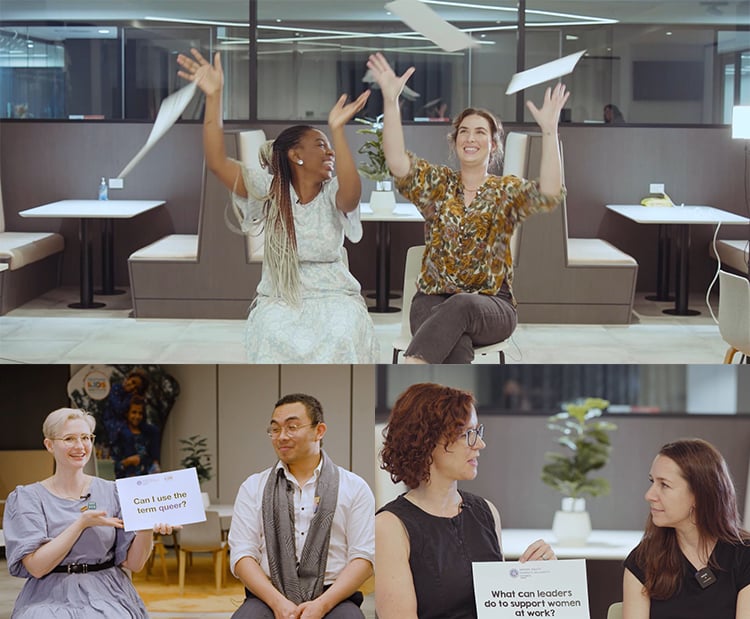Telethon Kids Institute acknowledges Aboriginal people as the Traditional Custodians of the land and waters of Australia. We also acknowledge the Nyoongar Wadjuk, Yawuru, Kariyarra and Kaurna Elders, their people, and their lands upon which the Institute is located and seek their wisdom in our work to improve the health and development of all children.
At Telethon Kids, we don’t just accept difference — we celebrate it, and we support it for the benefit of our employees and our community.
We know that creating an environment that welcomes, accepts and embraces the diversity of our team and reflects the diversity of our community will lead to the best outcomes for the communities we serve.
We want all staff and students, no matter your age, gender, nationality, ability, or culture, to feel safe, supported and empowered so together we can make Telethon Kids the best place to work for everyone.
In this video, people from Telethon Kids explain why diversity and inclusion is so important.
At Telethon Kids Institute, we are committed to understanding the lived experiences of our people and identifying ways to help everyone feel safe, welcome and included.
We actively encourage conversations about equity and inclusivity, and we implement actions to support the attraction, progression and retention of underrepresented groups.
Our focus on equity reflects our strong belief for Telethon Kids Institute to foster a working environment where people can bring their full selves to work, because everyone belongs here.

At Telethon Kids, we are advancing inclusivity through strategies and actions
What's been happening
We are delighted to share that Telethon Kids has successfully completed its Athena SWAN Bronze Action Plan.
Inclusive Language Guide
One of the ways we can ensure that people at Telethon Kids feel welcomed and included is by communicating in a way that celebrates everyone.
To that end, we are excited to launch our Inclusive Language Guide, which explores the principles of communication and preferred language that we can use when communicating with and about underrepresented communities. Although this guide explores how language applies to different groups independently, in reality, a person's identity is shaped by a range of intersecting factors. This guide will continue to be updated to reflect the changing preferences of communities.